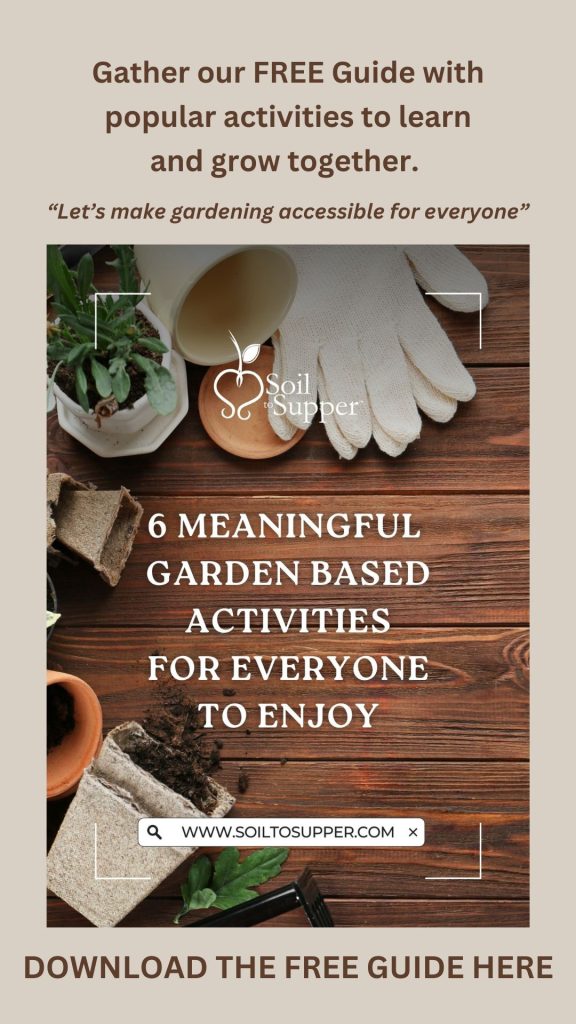As I’ve mentioned before, each month I write an article for Permaculture Noosa - ‘Perma News’.
Last month I started writing about ‘Superfoods For Your Soil’ and this month I’ll continue with this theme and include another fantastic plant that will benefit your soil and gardens.

Pigeon Pea - Cajanus cajan
Pigeon Pea belongs to Fabaceae or Leguminosae, commonly known as the legume family. Pigeon Pea is a perennial, evergreen shrub, growing to over 3m tall. It has a life span of about 5 years, with seed production declining each year.
Pigeon Pea suits a sub-tropical to tropical climate and thrives in a warm position with adequate water. It prefers warmer temperatures and is not frost tolerant.
Pigeon Pea tolerates various soil types, low nutrient levels and will grow well in a soil pH from 5 to 8.
 As a member of the legume family, Pigeon Pea produces bright yellow pea
As a member of the legume family, Pigeon Pea produces bright yellow pea -like flowers and is followed by seed pods, starting green then turning brown as they dry.
-like flowers and is followed by seed pods, starting green then turning brown as they dry.
Usually a large quantity of seed pods are produced which can be harvested and dried ready for storage. The seeds have a high germination rate, so consider this if you are using the clippings around your garden.
Pigeon Pea has many uses. The foliage can be chopped and used as a soil improver and the seed pods can be harvested green to provide a green pea or dried and used in a similar way as lentils or other dried peas.
If you don’t want the seeds germinating throughout your garden areas, then remove all seed pods before pruning and using on the soil.
Being a legume, Pigeon Pea has the ability to obtain and store nitrogen. This happens with the aid of bacteria called ‘Rhizobium’. These bacteria live in nodules on the plants roots and can take nitrogen from the air and convert it for the plants use. This is called ‘Nitrogen Fixation’. To allow for this process and to use Pigeon Pea as a nitrogen improver, the seeds of this plant must have an inoculant present when sown. The inoculant contains the bacteria needed for the specific legume.
To grow Pigeon Pea successfully sow seeds during Spring and include the inoculant. For good germination it’s best to soak seeds overnight before sowing. When Pigeon Pea seeds are purchased the suitable inoculant is included. I purchase seeds from Green Harvest and inoculant and instructions are included.
If you have previously used an inoculant when sowing Pigeon Pea seeds you can collect and use seeds from the plant, but more inoculant would be required if growing the legume in a different area of the garden/property.
Pigeon Pea growing amongst Sweet Potato.
Pigeon Pea has many uses in the garden. When planting fruit trees I plant a Pigeon Pea with larger trees or Comfrey with smaller trees. It’s very handy to have green leafy clippings close by to help feed the soil.
Use the lush green foliage as a chop and drop around fruit trees, in garden beds or over sweet potato or potato crops. I have many pigeon pea planted through the sweet potato area to allow for chopping and mulching over the sweet potato vines. This helps to improve the humus layer over the sweet potato.
You should always cover the green clippings (nitrogen) with a layer of mulch (carbon) to ensure the nitrogen from the green leaves are contained and there’s no moisture or nutrient loss. Blood and bone can be sprinkled over the green layer to help with decomposition of the prunings. Then again, cover with a layer of mulch and water well.
You can also plant Pigeon Pea as a wind break or prune to form a hedge. As it’s a short lived perennial you may need to plant more of the same or another plant species to replace it.
 Pigeon Peas are also grown for food use and when harvested the pea is removed from the pods. The dried peas are best stored in an air-tight container.
Pigeon Peas are also grown for food use and when harvested the pea is removed from the pods. The dried peas are best stored in an air-tight container.
Soak the peas before use and use in a similar way to lentils. They taste delicious in soups, stews, burgers, dahl, curry dishes and other asian dishes. The peas can also be soaked and sprouted or ground to make flour similar to Besan Flour. Pigeon Peas are high in protein and many vitamins, so a very handy plant to grow in your garden.
I hope you try growing this very useful and multi-functional plant this spring and enjoy all the rewards it offers.
♥ Cath
© cath manuel 24 may 2012




Thanks or your interesting and useful article. I got some Pigeon Peas at a Crop Swap and really wasn’t sure what to do with them. Now I know!